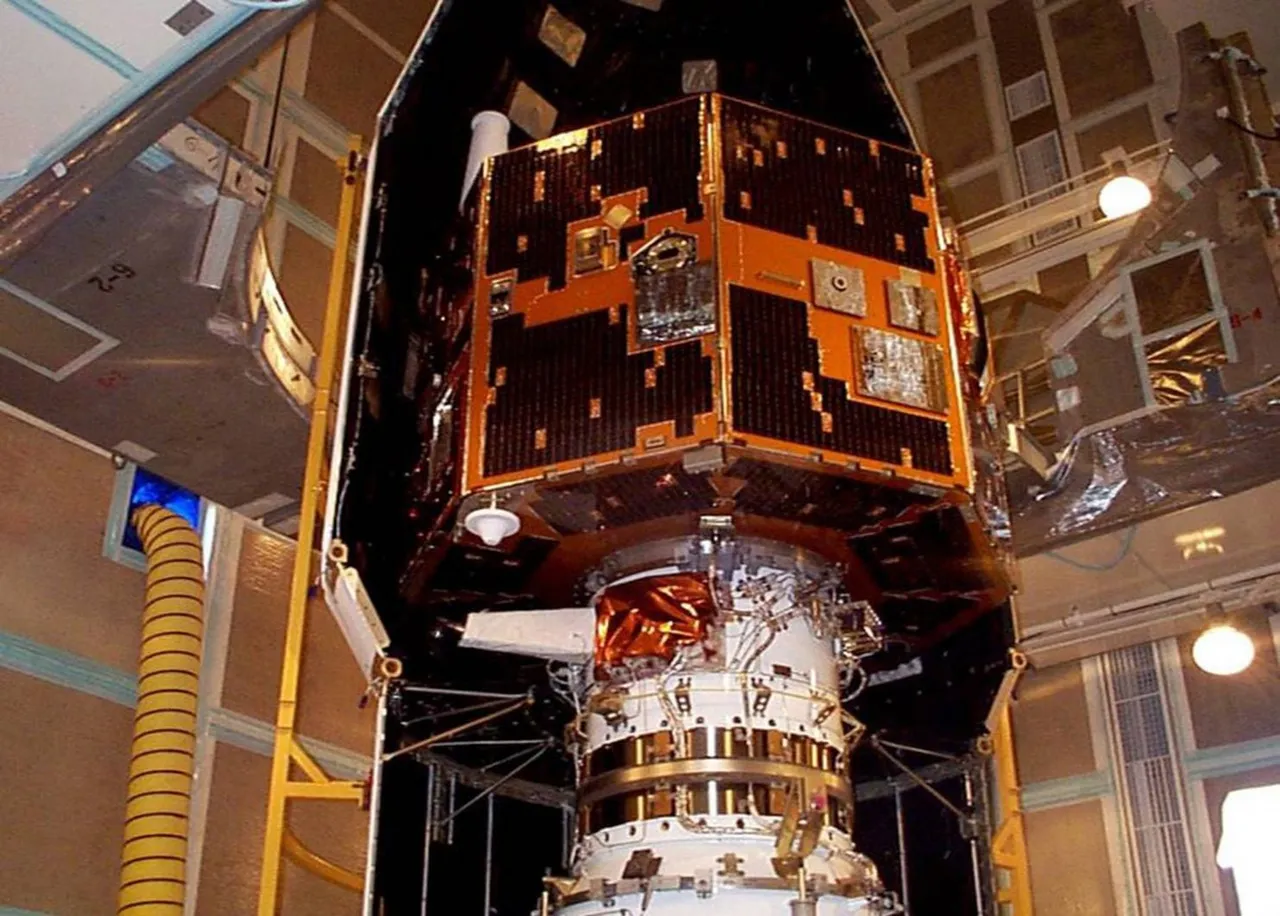
NASA confirmed an incredible discovery Tuesday — that an amateur radio astronomer, on the hunt for a classified government satellite, stumbled upon signals from a spacecraft that had been thought lost 12 years earlier, raising hope that NASA can resurrect a mission that changed our understanding of the “invisible ocean” around the Earth.
- Lost
IMAGE was a machine designed to “see the invisible,” as one of the mission's lead scientists once put it.
It was a squat and boxy thing, like many satellites, with a long technical name — Imager for Magnetopause-to-Aurora Global Exploration — that obscured its plain and noble purpose: to map the roiling sphere of electric gas around the Earth that protects us from the sun, and which we had never seen in full before.
Before IMAGE launched in 2000, humans had known only for a few decades that a magnetosphere surrounded the planet. In an essay before the launch, the mission's lead investigator, James L. Burch, called it an “invisible ocean . . . where nothing tangible — no snow or sand or tree or even a cloud — records titanic currents and pulses.”
The sphere shields our planet from the sun's harsh winds while letting through its light. Like an ocean, its plasma ripples and flows in a solar wind. But also like an ocean, it is prone to storms — solar disruptions so violent they can knock out satellites and even power grids on Earth.
IMAGE was built, Burch wrote, to send home images of the global magnetosphere for the first time in history and help predict those storms.
For five years, it astonished us.
The satellite beamed back pictures of an enormous solar storm in summer 2000 and allowed scientists to essentially live-stream “weather” in space. The sphere around the Earth proved to be a much stranger place than had been thought. IMAGE discovered that the Earth spits out jets of its own atmosphere to defend itself from space storms — like a squid shooting ink the Dallas Morning News wrote in 2002. It discovered cracks in the Earth's magnetic field, tracked down the source of mysterious radiation and imaged 100,000-volt charged particles whipping around the circumference of the globe.
And in the last month of 2005 on the same day the U.S. president addressed the nation from the Oval Office, promising an end to a still-young Iraq War IMAGE stopped sending pictures. The satellite had suddenly gone invisible itself.
The scientists tried to figure out why. A tripped breaker in the radio was their best guess. But without a radio, they couldn't tell it to turn itself back on.
After a month of silence from IMAGE, NASA published a news release that declared the satellite's mission a great success one that was now over.“The craft's power supply subsystems failed,” the agency wrote, “rendering it lifeless.”
NASA was wrong. IMAGE was not dead, but it would circle Earth for more than a decade before a man with no professional astronomy training one who did not always accept the official explanation of events heard its call.